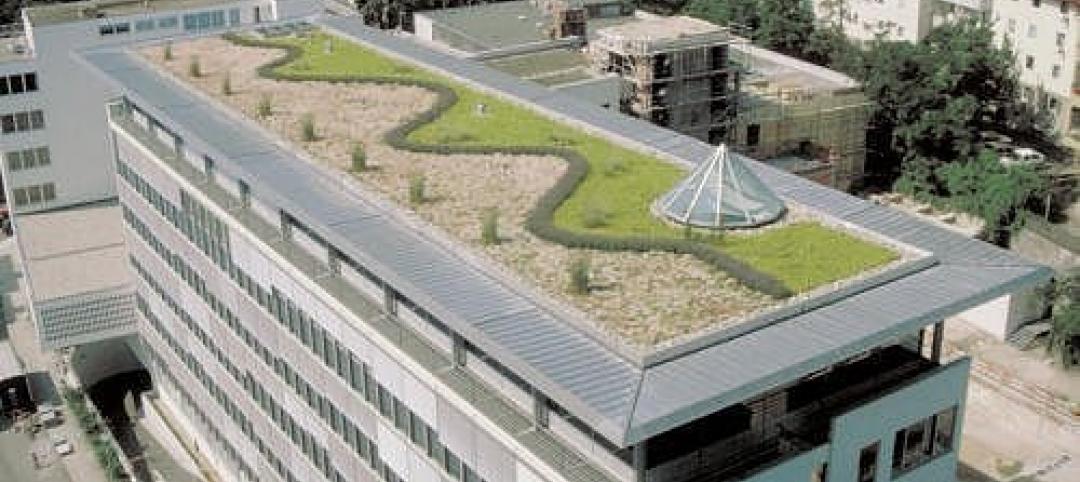State and municipal building standards aimed at driving building energy performance and reducing carbon emissions have teeth and will force building owners to retrofit their properties.
Three U.S. cities (Washington D.C., New York, and St. Louis) and Washington State have legislation on the books that created building performance standards. These policies include continuous improvement, with the standards getting increasingly more stringent over time.
In New York, the performance standard is a carbon emissions limit that begins in 2024. Building owners in New York face fines if they do not reach that limit by 2024.
In Washington D.C., the performance standard revolves around energy efficiency improvement, with the 2021 standard set at the local median Energy Star Score by property type. If the building does not meet the standard, it enters a five-year compliance cycle in which the building must reduce its energy intensity by 20%. The D.C. standards will be recalculated every six years.
Facility managers at any location could check where their building would fall under Washington D.C.’s standards or New York’s carbon limits to gauge how well the building is performing, and how much improvement might be required. Making improvements better positions the building to meet future standards while saving money on energy spending.
Related Stories
| Nov 9, 2012
Higher bar on LEED may not be harder to reach
The U.S. Green Building Council expects to substantially revise LEED next year, requiring builders beginning in 2015 to take new and more-detailed steps to get buildings certified.
| Nov 9, 2012
CSI’s sustainability practice group offers webinar on EPA's WaterSense Program
The Construction Specification Institute’s sustainability practice group is offering a webinar Nov. 20 on EPA’s WaterSense Program, featuring Lynn Gilleland, drinking water specialist with EPA’s New England office.
| Nov 9, 2012
Mayor in Calif. wants to expedite permits for $1B worth of projects
The mayor of San Jose, Calif., plans to issue new construction permits worth an estimated $1 billion in the next six months to spur job creation and create revenue for the city.
| Nov 9, 2012
Jury awards N.Y. roofer $2 million for injuries after construction site fall
A roofing worker from Cortland County, N.Y., has been awarded $2 million in damages due to the injuries he sustained from a 60-foot fall at a dormitory construction site.
| Oct 31, 2012
Investigators look into crane severely damaged by Sandy in Manhattan
Investigators are examining a construction crane collapse atop a $1.5 billion luxury high-rise in midtown Manhattan due to high winds during Hurricane Sandy.
| Oct 31, 2012
Construction error suspected in Miami-Dade College garage collapse
A construction error is the chief suspect in the partial collapse of a parking garage at Miami-Dade College in Doral, FL.
| Oct 31, 2012
New European laws on timber will go into effect in March 2013
A new European Union timber regulation prohibits the “placing on the market of illegally harvested timber or timber products derived from such timber.”
| Oct 31, 2012
MIT models show roofs' capacity for solar energy in Cambridge, Mass.
A new mapping tool from the Massachusetts Institute of Technology and a Boston design firm can calculate rooftops' capacity for solar energy.
| Oct 31, 2012
Demand for living roofs, walls to reach $7.7 billion by 2017
The demand for green roofs and living walls is expected to climb from $5.3 billion in 2011 to $7.7 billion in 2017, according to a report from Lux Research.
















